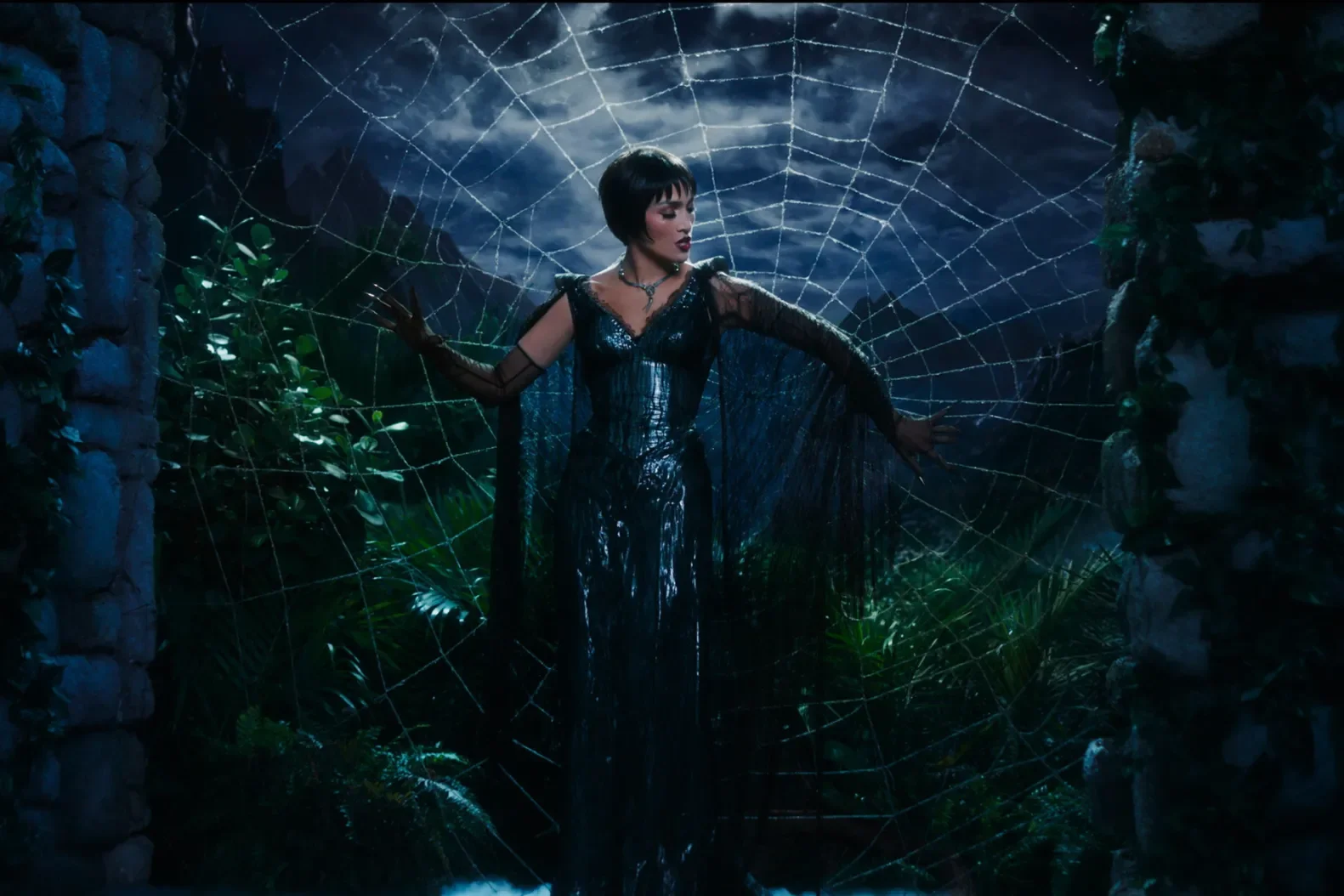They Live: Inside John Carpenter’s High Genre Masterpiece
Any beginner economics student can tell you about Thomas Malthus and his theory that the world’s growing population would inevitably descend us into poverty. In the 1980s, Americans were briefed on supply-side economics, the Laffer curve, and all kinds of Monetarist beliefs. Perhaps in a hundred years, these concepts will seem as indefensible as Malthus’s dire predictions do today. John Carpenter certainly seems to think so.
They Live—Carpenter’s 1988 satirical science-fiction classic (think The Twilight Zone à la Verhoeven)—was a passion project for the director. He cashed in on his considerable industry clout from his directorial hits like Halloween, Assault on Precinct 13, and Escape from New York to make the film. Universal Pictures must have been wary; Carpenter’s last passion project, Prince of Darkness, disappointed at the box office the year prior, and his now canonical opus, The Thing, was a critical and commercial disaster too.
The basic premise of They Live is borrowed from a short story (“Eight O'Clock in the Morning” by Ray Nelson) published in The Magazine of Fantasy & Science Fiction: a race of malevolent alien beings has infiltrated the highest ranks of human society. These creatures send out a signal that disguises them from ordinary people, and they use their considerable influence—wealth and political power—to will humanity into submission. The film centers on a homeless, working-class American mensch (played by wrestling star Roddy Piper) who discovers an underground resistance. He finds special sunglasses manufactured by this organization that block the alien signals, so that he may see them for who they really are..
Piper’s character is literally nameless; he’s called “Nada” in the end credits. He is pure allegory, just a speck of human capital trying to make his way in the world but stopped by unseen forces. Carpenter’s gimmick— if America’s bourgeoisie were a bunch of aliens—is both hilarious and insightful. In what is certainly the film’s best scene—and among the finest in motion picture history in the opinion of this commentator—Nada puts on the glasses for the first time and sees a black-and-white mirror world where some people are replaced with skull-faced aliens. In this reality (the real world in the film), paper money transforms into slips of white paper printed with the words: THIS IS YOUR GOD. On the TV, Piper observes an alien politician with a banner behind him, simply adorned with the word “OBEY.” And in my favorite anecdote, Nada looks at a billboard advertisement for a Caribbean vacation with an attractive female swimsuit model. With the glasses on, the sign simply reads: MARRY AND REPRODUCE.
Clearly, Carpenter’s commentary isn’t subtle. He belabors his points, both about the commoditization of culture and the insidious methods that those in power use to oppress the lower classes. If you have seen They Live and were off put by its opacity, then you proved its efficacy. Carpenter’s warnings about late-stage, cannibalistic American capitalism is bludgeoned into the audiences’ heads with the same ferocity and lascivious intensity with which pro-capitalist rhetoric is enforced. He confronts the audience with what it’s like to be told what to feel.
In the era of Regan, Yuppies, and rampant consumer culture, a subtle message would be ineffectual. This isn’t the delicate, neo-Marxist opera of Leone or the complex class commentary of Renoir; this is John Carpenter, and frankly, his approach, that of debasing mindless consumerism to sci-fi absurdity, is probably more effective. When Nada puts on the glasses, he says, “It figures it’d be something like this.” Americans are not stupid. Certain facets of our struggles are outwardly unequal: tax brackets, the legal system, even buyer behavior. It’s very unfair and we know it.
To that effect, there is a great conversation between Nada and his friend Frank Armitage, played by the eminent Carpenter regular Keith David. David’s character laments that the American system is unfair and does not deliver on the country’s promise of opportunity. Nada opines that it can; he just hasn’t gotten his chance yet. It is not lost on me that the Black man is the one less sanguine about his prospects in America.
Those two characters have an alleyway brawl later in the film, and it’s among the most ludicrous, hilarious, and intense fistfights ever filmed.
When discussing They Live, it’s common to hear the fallacy that Carpenter’s film is more relevant today than it was in 1988. This isn’t true; They Live was colossally relevant in its own time. More likely, it’s that the same conditions that inspired Carpenter nearly forty years ago still fester today. Instead of ignoring the AIDS epidemic, our government delayed its response to COVID-19. Instead of funding right-wing rebels in South America, we fund right-wing rebels in the Middle East. And instead of watching Siskel and Ebert (who are lampooned towards the end of the film), we read articles like this. It’s all the same.
Certainly, the conspiratorial aspect of They Live is worrying today. Aliens who control our minds sound awfully similar to lizard people. But perhaps Carpenter’s film is worth celebrating for its prescience in this regard; he made a film about outlandish, elite-fearing conspiracies before they were given the platform they have today.
And moreover, Carpenter, despite the sharpness of his satire, never oversteps. He does not critique capitalism generally as much as he chides rampant consumption. He does not belittle honest politicians, only dishonest ones. After all, in America there is free press and free enterprise. Making a movie at all, especially a subversive one, is a credit to the free-market system and individual entrepreneurship. In China, They Live would never be made; maybe it wouldn’t even be made in America today.
That’s why They Live is among my favorite films. Most movies that profess to be about economics or social struggle inspire pity; They Live’s viewfinder is set squarely on the dignity of America’s workers on the fringe. You don’t have to subscribe to the economic mantra of the day. Just as the falsities of supply-side (trickle-down) economics were fed through academic and government machines to justify policy in 1988, there are probably new bogus theories being engineered now.
It certainly helps that such a great economics movie also happens to be an eighties sci-fi crown jewel and one of the foundational masterpieces of Carpenter’s impressive filmography.
OBEY CONSUME BUY SUBMIT CONFORM
Popular Reviews














